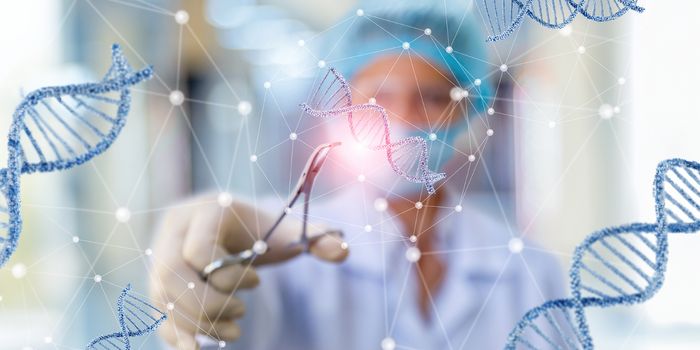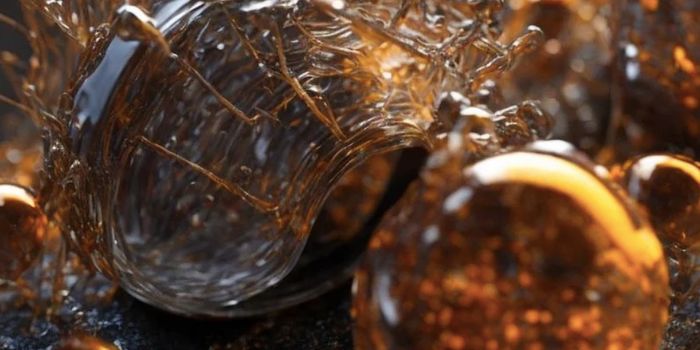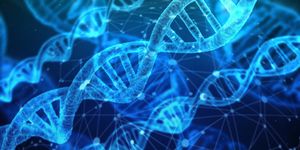Using Green Light to Create Molecular Bonds
In a first, researchers have used acidity and alkalinity - pH as a switch that can turn a green light-activated process for generating chemical bonds on and off. In this technique, green light and pH work together to link molecules that are often used in industry and medicine. This green light is the longest wavelength of light that has been used to generate a reaction, forming a photochemical bond without a catalyst.
Reporting in Nature Communications, the scientists were also able to alter the photoreactivity of the molecules by changing their pH. Their research has been published in the journal Nature Communications.
This technology may aid in the creation of new modes of drug delivery, or three-dimensional cell culture models, the researchers suggested. The team used this tool to make hydrogels, which are often applied in the creation of contact lenses, tissue scaffolds, drug delivery mechanisms, or in cell culture research. It provides an avenue away from the use of UV light for activating reactions.
"Our photochemical innovation is another example of what is called red-shifting - moving through the colors of light in the spectrum, from blue to green towards red, to light that has longer wavelengths," explained study author Professor Christopher Barner-Kowollik from the Soft Matter Materials Laboratory at Queensland University of Technology (QUT). "In the past, most of these types of photochemical reactions were triggered by harsh UV light. But that prevents applications in a biological context because UV light has so much energy it kills cells.
"Dentistry is an example of one of the areas that has shifted. Initially, dentists were using UV lamps. Now anyone who has had a filling probably knows that the dentist uses a little lamp with longer wavelength blue light for curing. The longer the wavelength of light the better, in principle. The radiation is less harmful, so it can be used for biological applications, and it allows for deeper light penetration. For dentistry, that means better and more uniform curing. But it is also more difficult to do, because the longer the wavelength of light the less energy you have to drive the chemical reaction.
"Adding an additional stimulus with the green light, such as we have with varying the pH as a reversible on-off switch for the reaction, provides the opportunity for better regulation. This is especially important for drug delivery systems, where the drug needs to be released under a specific pH, as pH varies throughout the human body.
"This is also a catalyst-free reaction. It means there's no helper molecule to make it happen. That's important for biological application as well because in many cases helper molecules contain metal, and you don't want something that could leach out, or something that is found to be cytotoxic or carcinogenic."
There may be other applications including "looking at the selective crosslinking of DNA to study the underlying mechanism of a cancer, looking for avenues for targeted treatment, or creating dynamic hydrogel scaffolds to study cell interactions for tissue regeneration therapy," added QUT Research Fellow Dr. Vinh Truong. "Using light, we are providing chemical tools to be able to achieve these aims."
Sources: AAAS/Eurekalert! Via Queensland University of Technology, Nature Communications








